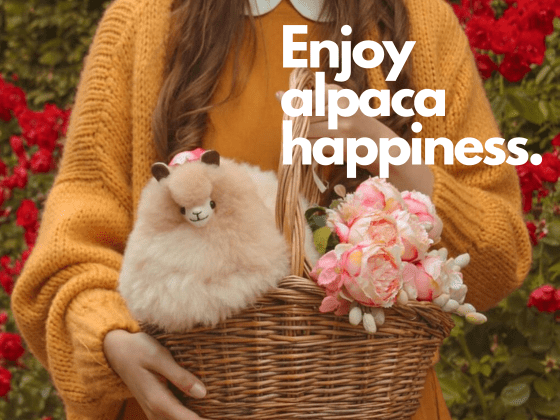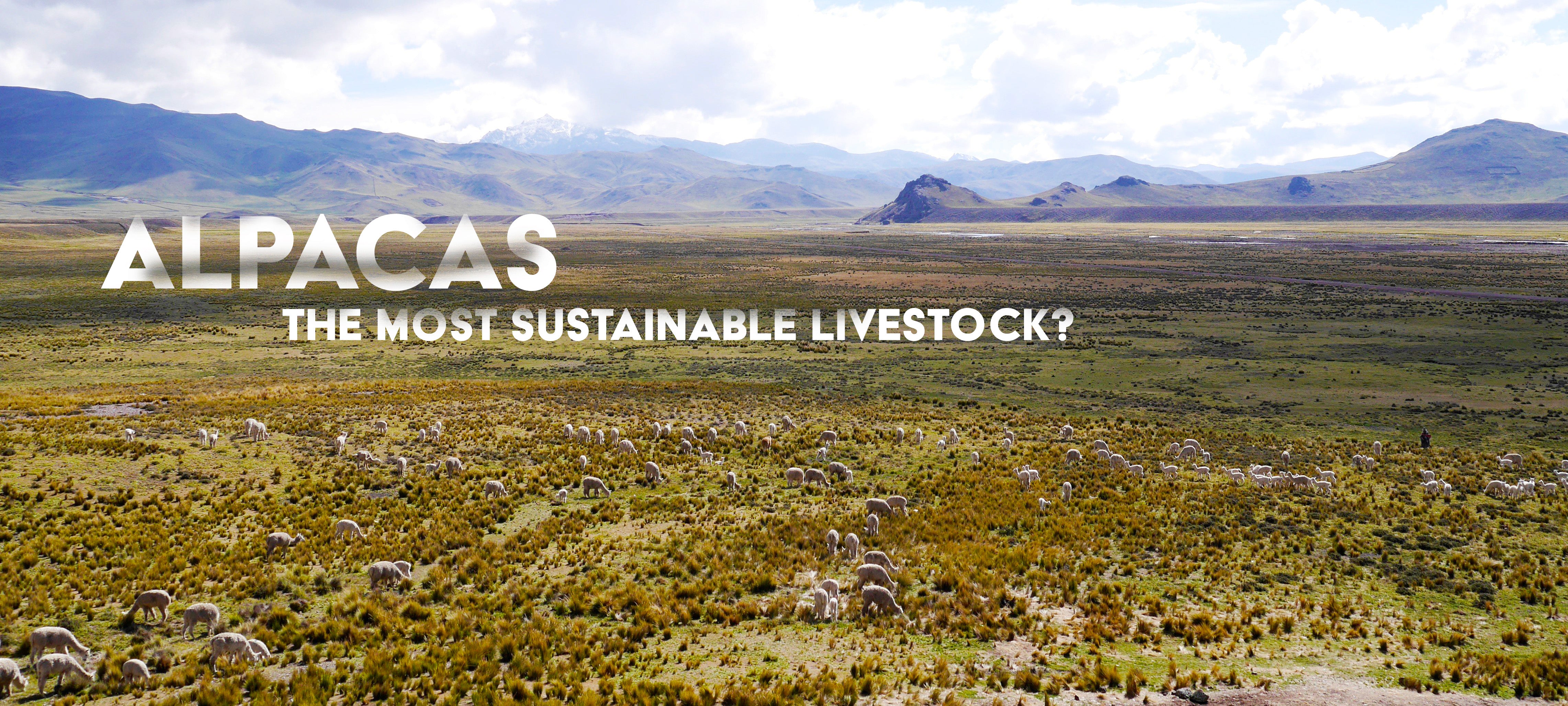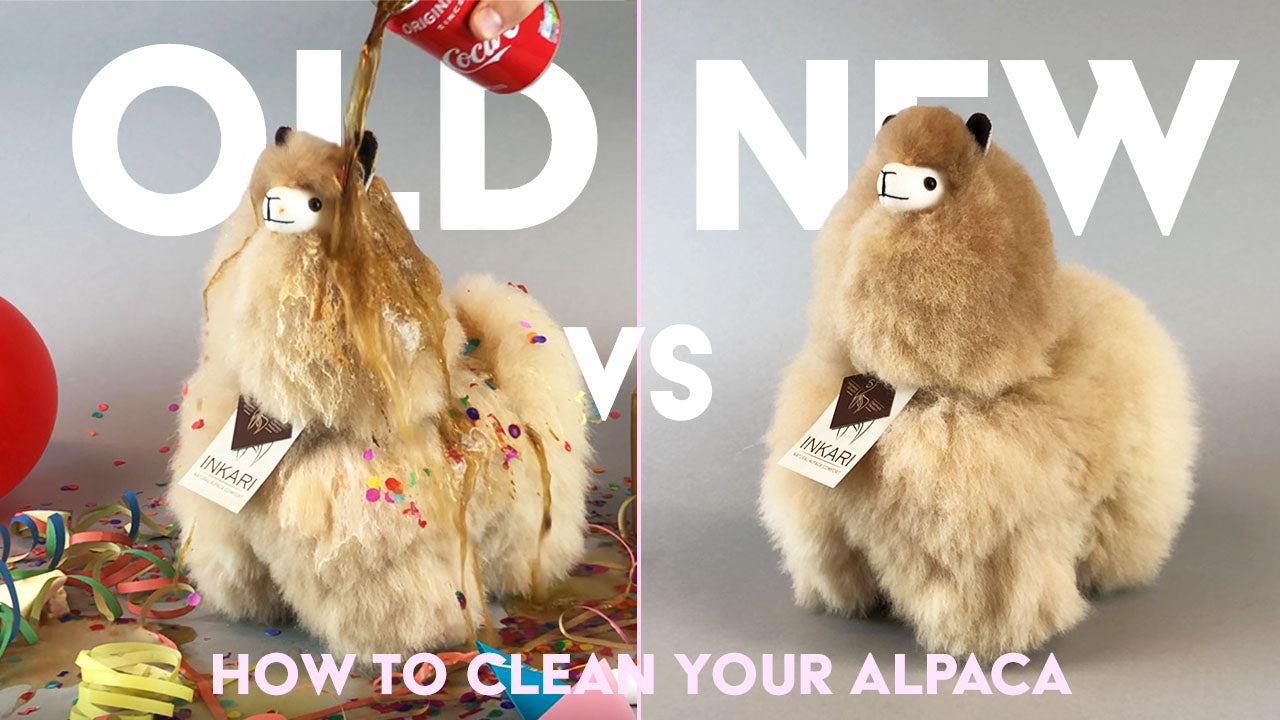Alpaca fleece is high quality...
....and has been used throughout civilizations in the Andes for over 5,000 years.
Treated as one of the most exclusive and special fibers in the world, Peruvians and international cultures have deemed the wool to be very precious.
Naturally occurring in the Andean Highlands exclusively; combining extreme altitudes with incredible differences in temperature is what an alpaca needs to withstand on a daily basis. But how?

Alpacas have evolved a special, smooth, but hollow fiber.
This results not only in a tremendously soft and light thread, but also in an insulating aspect during cold temperatures and a highly breathable attribute in high temperatures.
A thick wooly coat may look very warm and unpractical, but it’s quite the opposite.
Although insulating, there is no heavy burden for the alpaca.
Incas already became aware of these practical and beautiful qualities some millennia ago, reserving the wool of alpacas only for dressing royalties and their families.
Alpacas mainly live free and in widespread, difficult to access, natural environments.
Local farming communities keep alpacas for their wool, often one of their primary sources of income.
An alpaca is sheared once a year and is used throughout its natural lifespan.
The first time an alpaca is sheared is well-known for the yield of ‘baby alpaca wool’.
Baby alpaca wool is the softest and highest quality available (and is not always from baby alpacas!).
Often, this special material is used for scarves and throws, such as our Alpaca Throws and Scarves.
Alpaca fleece today
Unfortunately, ever increasing globalization and heavy tolls on our climates could decrease the quality of alpaca wool.
When the extreme climate-related differences in the Andes diminish, unique qualities of alpaca fibers to withstand the greatest extremes will be lost.
This causes the fibers to lose its key feature: fineness.
Inkari Alpaca chooses to support local farmers from the Andes Mountains by only selecting alpacas that do have these unique qualities and retain its traits over time.
Alpaca fleece does not contain lanolin, which is the substance that itches the skin and leads to allergic reactions.
Therefore, alpaca fleece is considered to be a incredibly smooth hypo-allergenic fabric.
More than 80% of people that do have wool allergies, will not have a problem with alpaca fleece.
Well taken care of during and after the shearing process, alpacas never suffer when their wool is taken by the farmers.
Throughout their lives, alpacas live a quiet and calm existence on Peruvian alpaca farms and roam the Andean Highlands freely.
Rather just see how alpacas live in their natural habitat?







